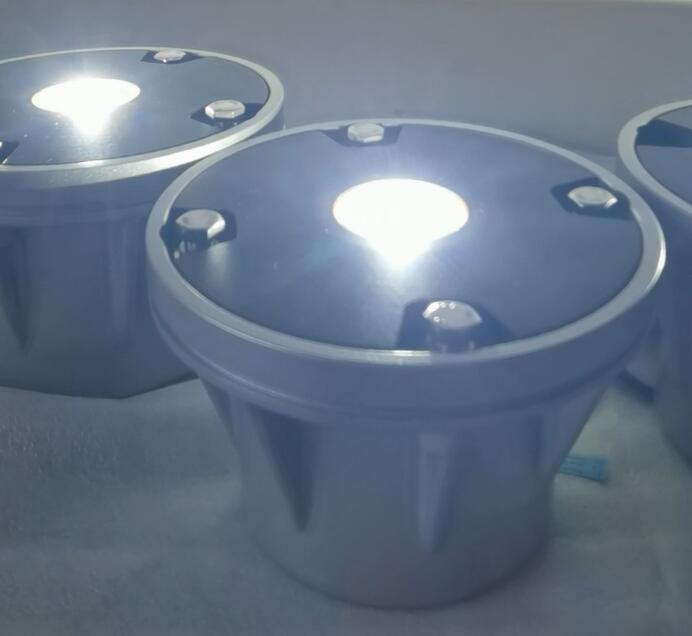The TLOF heliport (Touchdown and Liftoff area) plays an integral role in modern helicopter operations, ensuring safety and efficiency in air transportation. With the increasing reliance on helicopters for medical emergencies, business travel, and urban air mobility, the design and functionality of TLOF heliports are more critical than ever. This article explores the importance, features, and advancements in TLOF heliport technology.
What is a TLOF Heliport?
A TLOF heliport is a dedicated area where helicopters land and take off. It is the most operationally significant component of a heliport, serving as the interface between airborne operations and ground facilities. Positioned within the broader Final Approach and Takeoff (FATO) zone, the TLOF must adhere to precise safety and performance standards to ensure smooth operations.
Essential Features of a TLOF Heliport
Surface Design
The TLOF heliport surface must be durable, flat, and non-slip to provide stability during helicopter landings and takeoffs.
High-strength materials such as reinforced concrete or heavy-duty asphalt are commonly used to withstand the dynamic loads imposed by helicopters.

Dimensions and Layout
The size of the TLOF is dictated by the type and rotor diameter of helicopters it accommodates.
A well-defined perimeter and visual markings, including the heliport identifier, are crucial for pilot guidance and compliance with aviation standards.
| tlof heliport |
| tlof heliport light |
Lighting Systems
Effective lighting is vital for nighttime and low-visibility conditions. Green perimeter lights and LED floodlights are commonly installed to improve visibility.
Solar-powered lighting options are increasingly popular due to their environmental benefits and operational reliability.
Load Capacity
The TLOF heliport must be engineered to handle the weight of various helicopter types, factoring in both static and dynamic forces.
Regulatory Compliance and Safety Standards
Ensuring the safety of TLOF heliports requires strict adherence to international and local regulations:
ICAO Standards
The International Civil Aviation Organization (ICAO) provides comprehensive guidelines for TLOF heliports, focusing on dimensions, surface characteristics, and obstacle-free zones.
FAA Guidelines
In the United States, the Federal Aviation Administration (FAA) specifies requirements for TLOF heliport design, addressing both private and public facilities.
Local Regulations
Regional aviation authorities may impose additional rules to accommodate specific environmental and operational needs.
Applications of TLOF Heliports
Emergency Medical Services (EMS)
TLOF heliports are indispensable for air ambulances, enabling rapid transport of patients and medical supplies.
Corporate Aviation
Businesses rely on TLOF heliports for efficient executive travel, often integrating them into skyscrapers and urban infrastructure.
Urban Air Mobility (UAM)
With the rise of UAM, TLOF heliports are becoming critical components in the development of vertiports for electric vertical takeoff and landing (eVTOL) aircraft.
Remote Operations
In remote or offshore locations, TLOF heliports support industries like oil and gas, mining, and research, facilitating crucial transportation links.
Innovations in TLOF Heliport Technology
Technological advancements are shaping the future of TLOF heliports:
Smart Helipad Systems
Integration of IoT technology enables real-time monitoring of weather conditions, surface integrity, and operational readiness.
Eco-Friendly Solutions
The adoption of sustainable materials and solar-powered lighting systems aligns TLOF heliports with global environmental goals.
Augmented Reality (AR)
AR technology is being developed to assist pilots with enhanced navigation and situational awareness during approach and departure.
Modular Designs
Prefabricated and modular TLOF heliports offer rapid deployment solutions for temporary or emergency needs.
Maintenance and Upkeep
Maintaining the integrity of TLOF heliports is crucial for safety and efficiency:
Surface Repairs: Regular inspections and repairs prevent surface degradation and ensure load capacity.
Lighting Checks: Periodic maintenance of lighting systems ensures consistent performance, especially during low-visibility operations.
Regulatory Reviews: Routine audits ensure compliance with evolving safety standards and guidelines.
The Future of TLOF Heliports
As aviation technology advances, the role of TLOF heliports will expand, particularly in urban settings. Emerging trends include:
Vertiport Integration: TLOF heliports will play a pivotal role in supporting eVTOL aircraft as part of urban air mobility networks.
Advanced Materials: Development of lightweight, durable materials will enhance the performance and sustainability of TLOF heliports.
Autonomous Operations: Automation will streamline maintenance and improve operational safety, reducing human intervention.
The TLOF heliport is a cornerstone of modern helicopter operations, combining safety, functionality, and innovation. As the aviation landscape evolves, these helipads will continue to adapt, supporting a wide range of applications from emergency services to urban mobility. By embracing advanced technologies and sustainable practices, TLOF heliports will remain at the forefront of air transportation, enabling a safer and more efficient future.